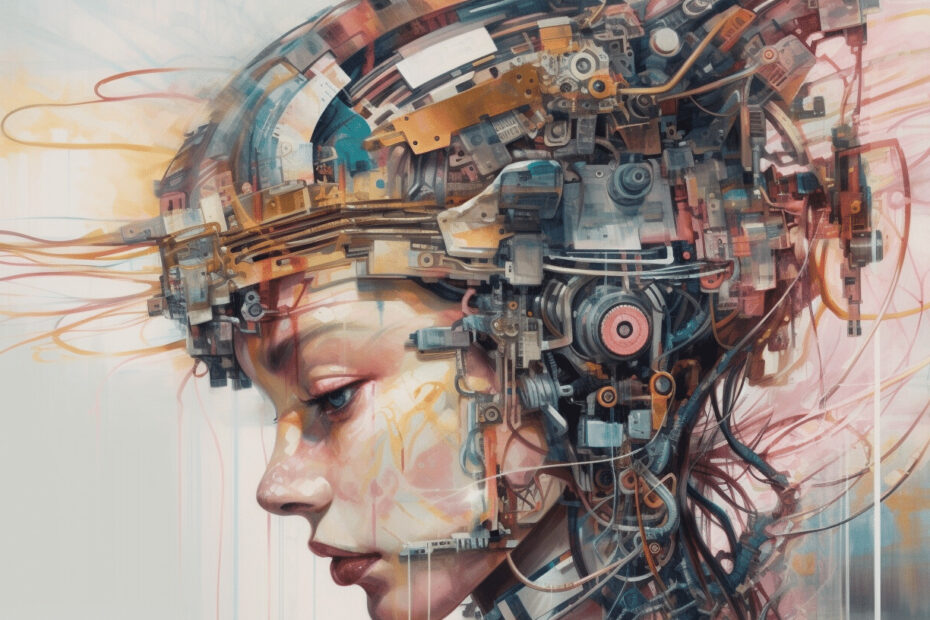In recent years, AI-powered art generators have taken the world by storm, redefining creativity and artistic expression. These tools use machine learning algorithms to produce stunning and unique pieces of art, often blurring the lines between human and artificial creativity. Whether you’re an artist seeking inspiration, a designer looking for unique visuals, or just someone fascinated by the intersection of technology and art, AI art generator offer endless possibilities.
How AI Art Generators Work
AI art generators rely on deep learning models, such as Generative Adversarial Networks (GANs) and diffusion models. These models analyze vast datasets of existing artworks to understand patterns, colors, and composition. By learning from these inputs, the AI can create new images that resemble human-made art while introducing novel elements that may not have been thought of before.
Popular AI art generators like DALL·E, MidJourney, and Stable Diffusion allow users to input textual descriptions, which the AI then transforms into visually striking artwork. With improvements in AI technology, these tools have become more sophisticated, enabling higher resolutions, better detail, and greater artistic control.
Advantages of AI Art Generators
- Accessibility to Creativity – AI art tools empower individuals without formal artistic training to create professional-quality visuals effortlessly.
- Time Efficiency – Artists and designers can generate artwork quickly, reducing the time needed for brainstorming and manual creation.
- Endless Inspiration – AI-generated art can provide fresh perspectives and ideas, helping artists overcome creative blocks.
- Customization & Experimentation – Users can fine-tune their results by adjusting styles, colors, and compositions, allowing for unique, tailored artwork.
- Cost-Effective Design Solutions – Businesses can use AI-generated art for branding, marketing, and product designs without hiring expensive graphic designers.
Challenges and Controversies
Despite the excitement surrounding AI-generated art, it also raises several ethical and legal questions. One major concern is intellectual property rights—many AI models are trained on publicly available artworks, leading to debates over ownership and originality. Some artists fear that AI-generated images might devalue traditional artistic skills or even replace human artists in commercial fields.
Additionally, there are concerns about deepfake technology and misuse of AI-generated content for misleading purposes. To address these issues, companies and regulators are working on developing ethical guidelines and clearer copyright policies.
The Future of AI Art
AI art generators are continuously evolving, offering even more realistic and innovative designs. In the future, we may see AI collaborating with artists rather than replacing them, enhancing creativity rather than diminishing it. AI-generated art is already being sold in galleries, used in film production, and even influencing fashion design.
As technology progresses, AI art generators will become an integral part of the creative industry, shaping the way we perceive and produce art. Whether as a tool for professional designers or a source of fun for hobbyists, AI-powered creativity is here to stay.
Final Thoughts
AI art generators have undeniably revolutionized the art world, making creativity more accessible and pushing the boundaries of artistic expression. While challenges remain, the potential benefits far outweigh the drawbacks, promising an exciting future where AI and human ingenuity coexist to create breathtaking masterpieces.
